Communication is a common phenomenon. As we all are social animals we cannot live without communicating. Indeed the very attempt not to communicate or communicate something. Communication implies a two way process of transferring information, ideas, feelings or opinions through a channel between two or more persons either verbally that is through speech or writing or non verbally by way of signals behavior, gesture, posture etc.
Communication Process
It has few steps for communication process
- Sender
- Encoding
- Message
- Channel
- Receiver
- Decoding
- Feedback
Sender
The process of communication starts with the communicator or sender who has something to communicate with others, which can be an idea, information, fat or anything else.
Encoding
Thereafter, the sender encodes the message by selecting the language in which the receiver can correctly understand the medium of expression can be speaking, writing, eye contact, facial expression, gesture, posture, etc.
Message
Thereafter, the message is developed by the communicator using the right set of words and language the message is the main element of the entire communication process. The channel indicate the carrier of the message which can be telephonic conversation, face to face communication, letter, video calling, email, SMS, facial expressions, body language, tone of voice etc.
Receiver
Receiver is the person to whom the message is directed, that is told the communicator or sender wants to communicate, it is very important for the sender to understand the receivers decoding abilities interpretation capacity for an effective communication.
Decoding
The next step is decoding which involves interpretation of the message by the receiver. After decoding the message the receiver will revert back to the sender in the form of feedback.
Feedback
It is very essential part of the entire communication process as it indicates that there is no distortion of the message. For this purpose. The receiver looks for the channel in the same way as sender communicated to the receiver. The communication can be regarded as effective when the message received and interpreted in the same sense that the sender intended to convey. And effective communication is always receiver oriented rather than message oriented. The communicator should be assure that the receiver explain the message perfectly and properly.
Types of communication
communication can be classified on the basis of channels and on the basis of purpose based on channels. There are three types of communication
- Verbal communication
- Nonverbal communication
- Visual communication
Verbal communication involves the use of words and language in conveying the information. It can be oral communication, and written communication. Oral Communication can be in the term of face to face communication, video conferencing, voice chat, telephonic conversation etc. Whereas, written communication can be in the form of letters, SMS, emails, reports etc.
Nonverbal communication is a communication without the use of words that is communication through body language, eye contact, facial expressions, hand movement, appearance, tone of voice, etc.
Visual Communication your communication is the one that takes place through visual aids that is signs typography drawings graphics, colors etc. Based on purpose the communication can be classified as formal communication and informal communication. formal communication is the one that follows up a flow in communicating the message predefine. It could Correctness the message should be correct in the meaning that the message should be free from all grammatical and spelling errors. Further, the message should be perfect and well timed completeness be vertical communication, horizontal communication or diagonal communication. Lastly, informal communication. informal communication is the casual communication, which does not follow predefined flow in conveying the message.
7 C’s of Communication
Next, we will discuss the seven C’s of communication clarity.
Clarity of message is the first and foremost requirements of the effective communication. Hence, the language used must be simple and straightforward.
Correctness
the message must be correct in the sense that the message must be free from all grammatical and spelling errors. Further, the message should be exact and well timed
Completeness
The message must be complete in the sense that the message should contain all the facts and information required by the recipient.
Concreteness
This means that the content of your communication must be tangible. That is, there must be sufficient evidence to support your argument
Conciseness
are short and precise message is always preferred. So to understood the message , stay away from the use of unrelated words and details.
Coherence
there must be a coherence in writing and speech. That is there must be a logical relationship between the words sentences and paragraphs. So, the points should be sequential, well organized and interconnected.
Courtesy
courtesy is the essence of communication, which implies that the sender must be polite, respectful, open and honest with the receiver.
How Communication Impact on our Life
In nearly every sphere of our lives, communication plays an indispensable part. Here is how it affects us:
1.Relationships
It is vital to communicate well enough in order to create and sustain healthy relationships. This allows us to articulate our thoughts, feelings and needs to others thus fostering understanding, empathy and connection. Having good communication skills helps us solve conflicts, negotiate differences and deepen our bonds with loved ones, friends, intimate partners and colleagues.
2.Workplace
One of the most important things for a successful workplace is communication because it enhances collaboration and productivity among employees. Teams are able to work effectively by communicating clearly and briefly about their specific job tasks or sharing information that may be helpful in coordinating their activities together as well as operations. Moreover, having effective communication skills that can enhance leadership qualities also enable giving feedback constructively besides empowering decision-making practices.
3.Personal Development
Communication has an indispensable role when it comes to personal growth and development. By advocating for ourselves assertively while still stating our goals as well as desires we are able to make claims for what we want so as pursue doors at the same time attain self-realization through such processes. Furthermore self-awareness, emotional intelligence plus resilience are other attributes associated with effective communications which are vital for navigating through life challenges like grief or loneliness.
4. Better health
Communication between practitioners and patients in hospitals is vital to good care provision and improved patient outcomes. Sympathetic, lucid communication helps individuals find out about their conditions, treatment options and guidelines for healthcare, thus enabling them to make informed choices regarding their own lives. Also, health workers rely on effective communication in such a way that they can consult with colleagues share clinical information and guarantee total medical services.
5.Forming Social Connections
Communication is the key to forming relationships with others. It helps us share experiences, discuss issues or problems we faced recently or express our points of view via talking face-to-face or cell phone calls or text messages on social media platforms. Strong social connections have been found to be associated with better mental health, increased resilience levels and general well-being.
6.Education
In the learning process communication is paramount. It helps learners know things, open up to course materials and work in groups with other students and lecturers. Effective communication skills such as active listening, critical thinking and persuasive speaking enhance performance in academics and group projects while preparing students for their careers and lives.
At large, human relationships are anchored on communication which has a great influence on our associations access to opportunities and the general life experiences. The development and improvement of effective communication skills can let individuals lead through life’s problems make significant relationships with others, as well as achieve targeted goals.


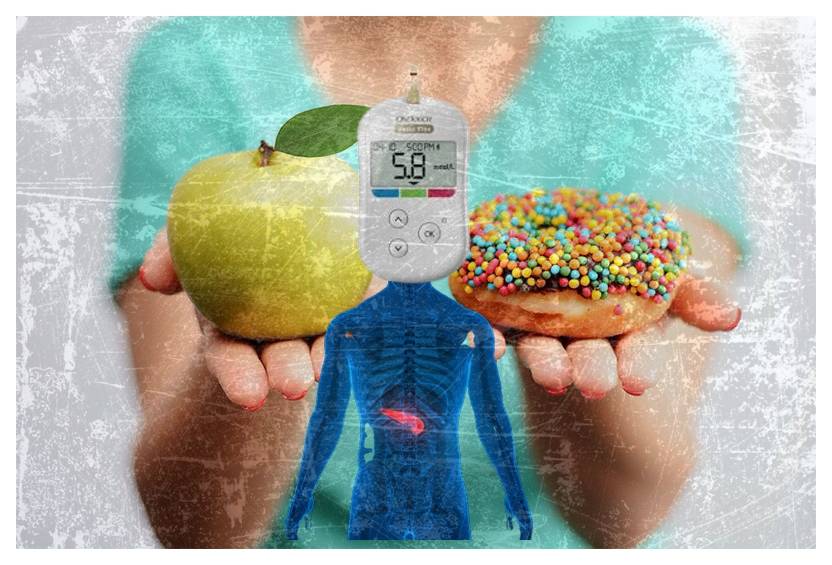
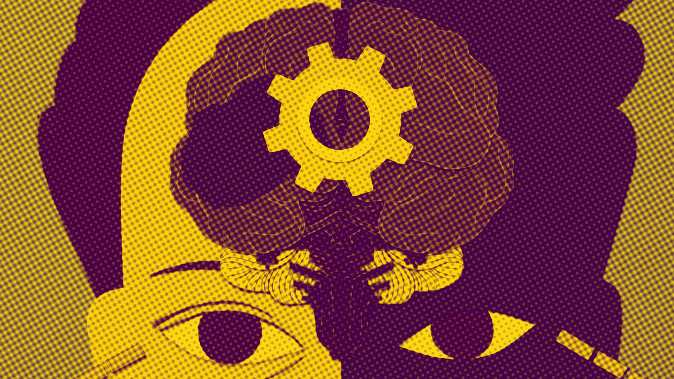
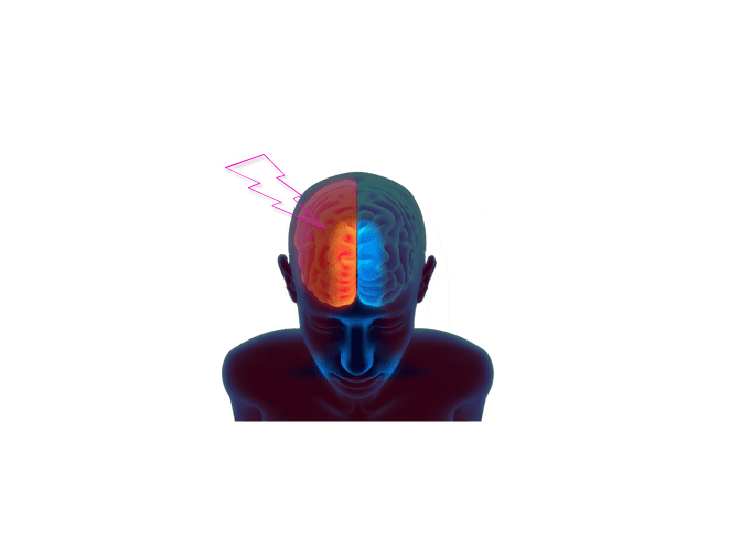
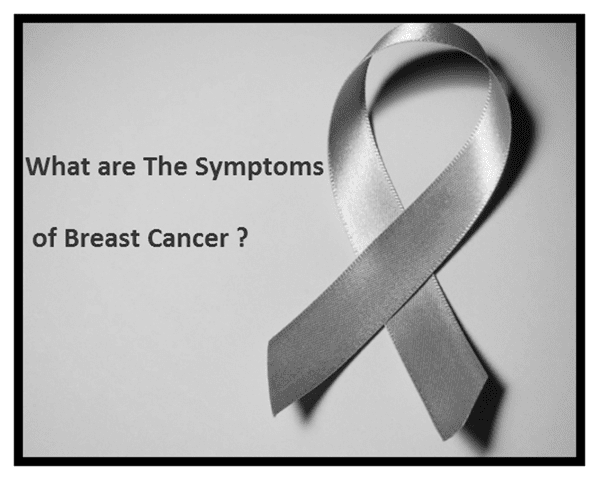

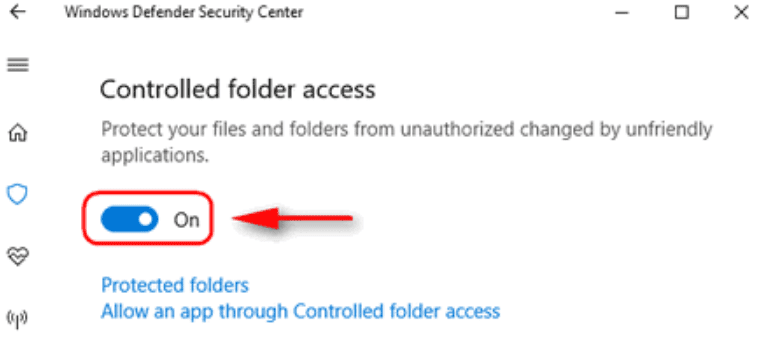




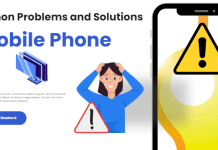





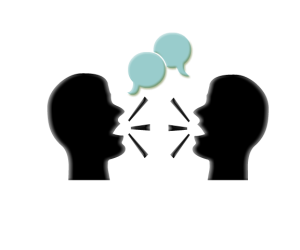

Good shares Thanks you